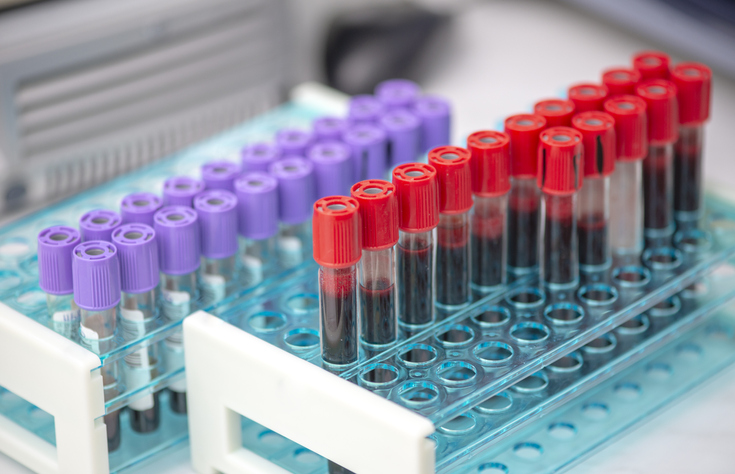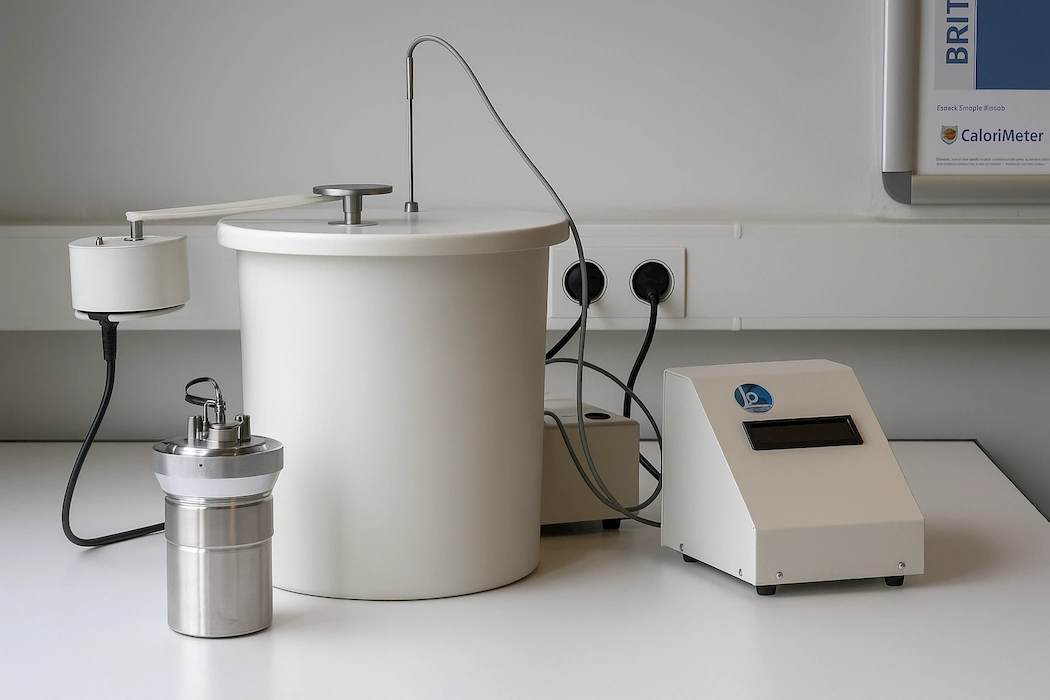In the modern age of environmental and clinical diagnostics, the detection of heavy metals in biological samples such as whole blood, plasma, and urine is essential for monitoring human exposure, guiding medical interventions, and ensuring occupational safety. Among the analytical techniques available, Inductively Coupled Plasma Mass Spectrometry (ICP-MS) stands out as a gold standard for trace-level detection of metals and metalloids in complex matrices.
This article explores the role of ICP-MS in heavy metal analysis, highlighting its application in biological fluids, the sample preparation process, and the importance of accurate detection in clinical and toxicological settings.
Inductively Coupled Plasma Mass Spectrometry (ICP-MS) for trace element analysis in biological matrices, offering unparalleled sensitivity, precision, and multi-element capabilities. This advanced analytical technology enables clinical laboratories to detect metals at concentrations as low as 1 part per quadrillion, providing the necessary sensitivity for assessing both environmental exposure and nutritional status. The method’s exceptional detection limits and wide dynamic range make it equally valuable for measuring toxic metals at trace levels and essential elements like selenium, zinc, and copper within their physiological ranges
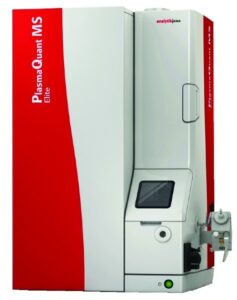
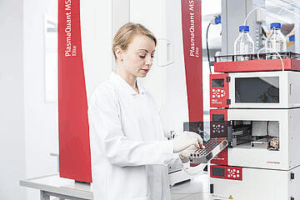
Why Analyze Heavy Metals in Blood, Plasma, and Urine?
Heavy metals like lead (Pb), mercury (Hg), cadmium (Cd), arsenic (As), and others are known to accumulate in the human body, posing serious health risks even at low concentrations. Regular monitoring is crucial for:
- Clinical diagnostics of toxicity and metal imbalance.
- Occupational health assessments (e.g., in mining, welding, battery production).
- Forensic investigations and toxicology studies.
- Environmental exposure tracking in contaminated regions.
Each biological matrix provides unique insights:
- Whole Blood: Reflects recent and cumulative exposure, especially for metals like lead and mercury.
- Plasma (or Serum): Indicates the bioavailable or free fraction of metals, useful in clinical assessments.
- Urine: Represents recent excretion and is commonly used in biomonitoring for metals like arsenic and cadmium.
Why ICP-MS for Heavy Metal Analysis?
ICP-MS is an advanced analytical technique that combines the benefits of a high-temperature plasma source with mass spectrometric detection, enabling:
- Ultra-trace level sensitivity (ppt to ppb range).
- Multi-element detection in a single run.
- High throughput and fast analysis time.
- Low detection limits for toxicologically relevant metals.
- Isotopic analysis, useful in source tracing or forensic work.
These capabilities make ICP-MS ideal for analyzing complex biological matrices that require both sensitivity and specificity.
Sample Preparation: Blood, Plasma, and Urine
-
Whole Blood
- Collection: Typically in trace-metal free EDTA tubes.
- Pre-treatment: Requires acid digestion or dilution with surfactants and nitric acid.
- Challenges: High protein content and viscosity can interfere with nebulization and plasma stability.
-
Plasma
- Collection: Blood is centrifuged to separate plasma; heparinized tubes preferred.
- Preparation: Diluted with matrix-matched diluents and sometimes digested.
- Key Consideration: Protein binding of metals must be taken into account.
-
Urine
- Collection: Spot or 24-hour urine samples in clean, acid-washed containers.
- Preparation: Typically diluted with an acid solution; no digestion usually required.
- Normalization: Metal concentrations often normalized to creatinine levels.

Common Heavy Metals Analyzed
| Element | Source/Exposure | Health Effects |
| Lead (Pb) | Paint, gasoline, batteries | Neurotoxicity, anemia |
| Mercury (Hg) | Fish, dental amalgam, industry | Neurotoxicity, kidney damage |
| Cadmium (Cd) | Cigarettes, batteries | Renal dysfunction, bone damage |
| Arsenic (As) | Water, pesticides, mining | Skin lesions, cancer |
| Chromium (Cr) | Electroplating, stainless steel | Lung cancer, dermatitis |
| Nickel (Ni) | Coins, alloys, jewelry | Allergies, carcinogenic |
| Thallium (Tl) | Rodenticides, electronics | Hair loss, nervous system damage |
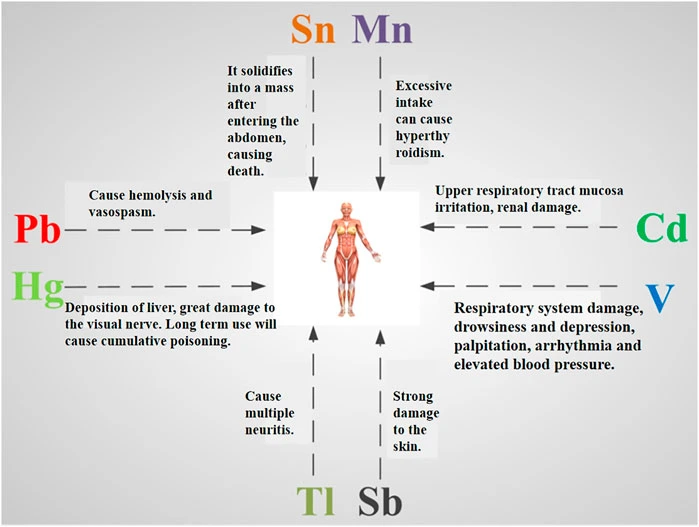
ICP-MS Methodology and Instrumentation
Key Components:
- Nebulizer: Converts liquid samples into aerosol.
- Plasma Torch: Ionizes the sample using high-energy argon plasma (~6000–10,000 K).
- Mass Spectrometer: Separates and detects ions based on mass-to-charge ratios.
- Collision/Reaction Cell (CRC): Removes interferences from polyatomic ions.
Analytical Steps:
- Calibration using matrix-matched standards or external/internal standards.
- Sample introduction and atomization.
- Ionization in plasma, mass filtering, and detection.
- Data analysis and quantification using standard curves and quality controls.
Quality Control and Validation
To ensure accuracy and compliance with international standards (e.g., CLIA, ISO 15189), laboratories must implement:
- Certified Reference Materials (CRMs) for calibration.
- Internal standards to correct for instrument drift.
- Blank controls to assess contamination.
- Spike recovery tests to verify matrix effects.
Applications in Real-World Scenarios
✔️ Clinical Toxicology
- Diagnosis of heavy metal poisoning (e.g., lead in children).
- Monitoring chelation therapy.
✔️ Occupational Monitoring
- Routine testing in high-risk industries.
- Compliance with OSHA, ACGIH, and NIOSH guidelines.
✔️ Public Health & Epidemiology
- Large-scale biomonitoring (e.g., CDC NHANES surveys).
- Early detection of population-wide exposure trends.
✔️ Forensic Investigations
- Postmortem analysis of suspected poisoning cases.
- Source attribution using isotopic signatures.
Reporting and Interpretation
– Results are typically expressed in µg/L (micrograms per liter) or µg/g creatinine for urine.
– Interpretation should consider:
-
- Biological reference intervals.
- Time and route of exposure.
- Individual health status and metabolism.
Consultation with toxicologists and clinicians is crucial for meaningful interpretation.
Future Perspectives and Emerging Applications
The field of ICP-MS analysis continues to evolve with technological advancements that improve sensitivity, throughput, and capabilities. Triple quadrupole ICP-MS instruments offer enhanced interference removal capabilities, particularly for challenging applications like selenium and arsenic speciation in biological matrices. These instruments use two mass filters separated by a collision/reaction cell, providing unprecedented control over interferences.
Single-cell ICP-MS represents an emerging application that enables the measurement of metal content in individual cells. This approach provides insights into cellular metal uptake and distribution, with potential applications in drug development and toxicology studies. While primarily research-focused currently, this technology may eventually find clinical applications in characterizing metal distribution in cellular populations.
The integration of chromatography with ICP-MS continues to expand the capabilities for elemental speciation analysis. hyphenated techniques such as HPLC-ICP-MS and GC-ICP-MS enable the separation and quantification of different chemical forms of elements, which is crucial for accurate risk assessment since toxicity often depends on chemical form. These approaches are particularly valuable for elements like arsenic, mercury, and chromium, where different species exhibit vastly different toxicities.
Automation and workflow optimization represent another area of ongoing development. Automated sample preparation systems integrated directly with ICP-MS instruments reduce manual handling, improve reproducibility, and increase throughput. These advancements are particularly valuable for clinical laboratories processing large numbers of samples for routine metal testing.

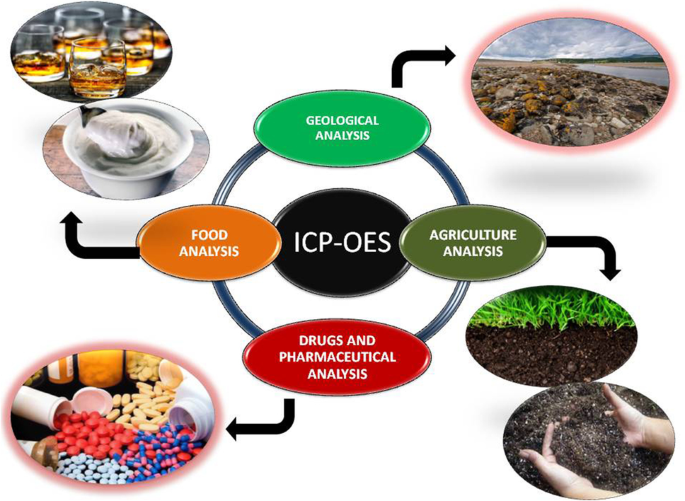
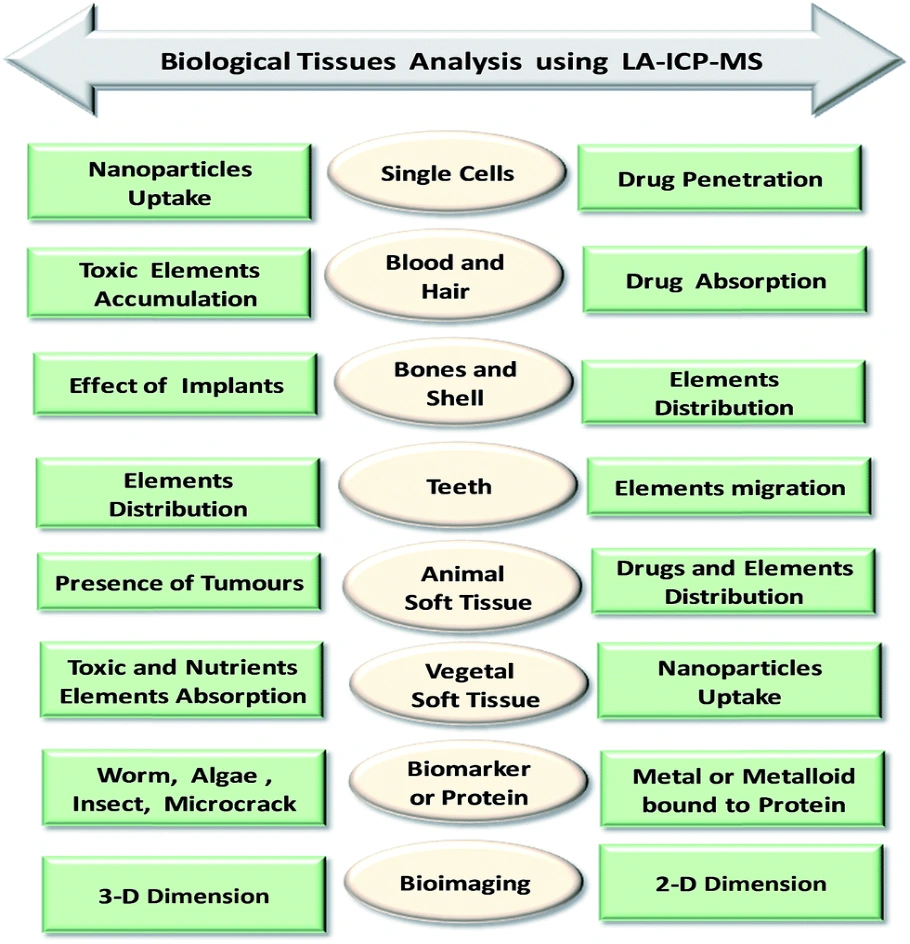
Conclusion
As environmental and occupational exposure to heavy metals remains a pressing concern worldwide, ICP-MS has emerged as a cornerstone in analytical toxicology. Its unmatched sensitivity, specificity, and speed make it the preferred method for analyzing whole blood, plasma, and urine in clinical and environmental laboratories.
Whether you’re assessing a patient’s metal burden, investigating a workplace hazard, or conducting population-level biomonitoring, ICP-MS delivers the precision and reliability needed to protect human health.
The applications of ICP-MS in biomonitoring, clinical toxicology, and pharmaceutical analysis continue to expand as the technology evolves and becomes more accessible. Ongoing advancements in interference management, automation, and speciation analysis promise to further enhance the utility of this powerful analytical technique in clinical and public health settings.
For healthcare providers and researchers, understanding the capabilities and limitations of ICP-based metal analysis is essential for appropriate test selection and result interpretation. As regulatory guidelines continue to evolve and exposure standards become more stringent, the role of ICP-MS in protecting public health through accurate metal monitoring will only continue to grow.
Need Expert Support?
If you’re looking to set up ICP-MS analysis in your lab or need help with method development, our experts can guide you through instrumentation, sample preparation, and regulatory compliance.
Contact us today to learn more about our ICP-MS solutions for biological sample analysis.
Contact :
- Mobile/WhatsApp: +971526191767
- Email: sales@apex-instrument.com

